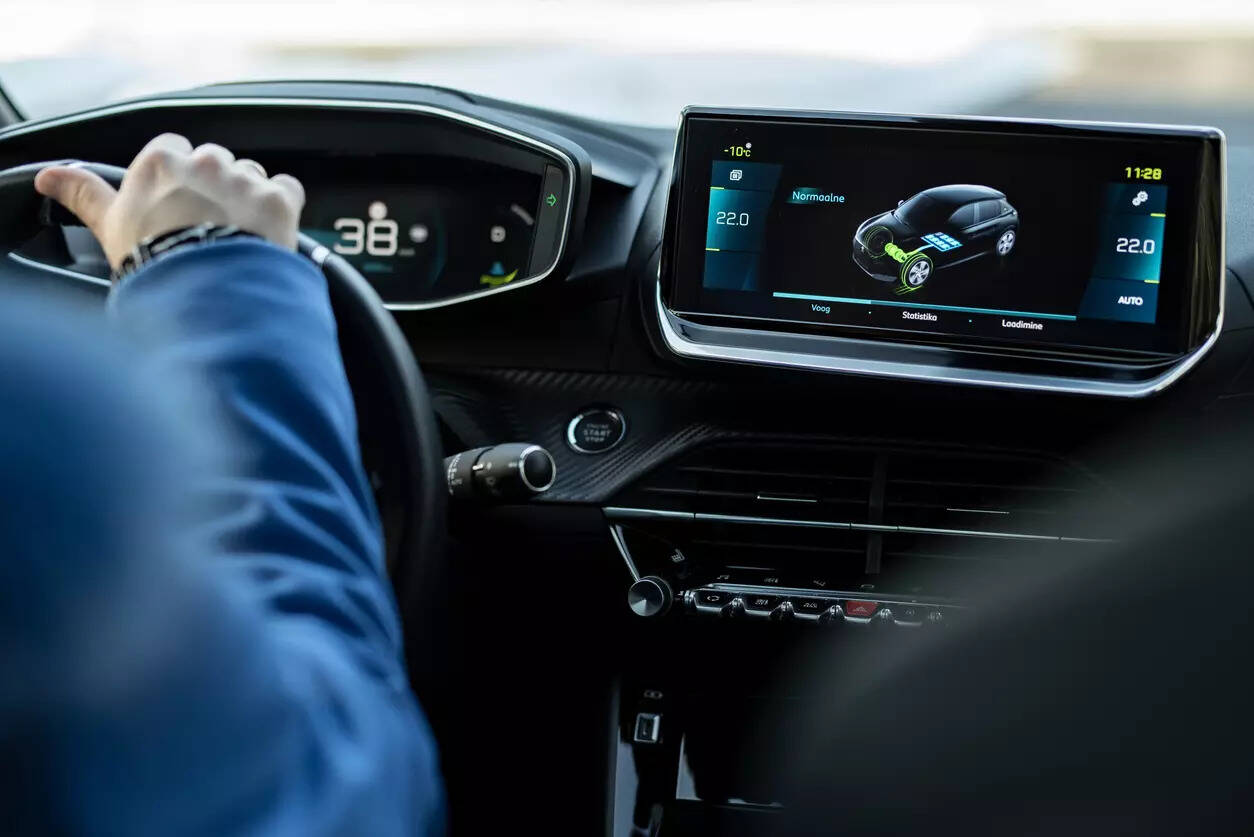
The global automotive industry is transforming rapidly. Automobiles today are much more than a mode of transportation. Vehicles are capable of doing more than just driving. Now with the advent of digitalization and connectivity, more vehicles are getting connected to the internet leading to further technological disruption in the automotive industry.
As the comfort and convenience quotient increases in cars, the incorporation of advanced and complex technologies that enable such possibilities is on the rise. Consumers today expect seamless and personalized automotive experiences and features. They are eager to participate in product and service innovation. Earlier, the automotive industry was tightly controlled with limited customer feedback systems and minimal buyer interaction with the OEMs. But now the whole automotive ecosystem is changing with all these in place in real time.
Transforming trends
The defining factors of mobility are constantly changing with technological advancements, which are also affecting the customers’ needs and wants. Equipped with advanced connectivity and digitalization features, vehicles have become ‘smartphones on wheels’. High performing computers are incorporated into the cars.
The gap between the high-tech and automotive industries is narrowing owing to the four major trends of electrification, autonomous driving, diverse mobility, and connectivity. They transform the vertically integrated automotive value chains into a horizontally structured ecosystem with new rules. Greater adoption of technology provides greater joy and ease of driving and safety.
Future technology trends
With evolving consumer choices and advances in the technology the automotive sector will be driven and dominated by the following key trends:
The growth of automotive software: Cars of the future are becoming super computers with the vehicle and multiple devices connected to the internet simultaneously. In such a scenario, automotive software is becoming a critical component for providing a holistic experience to the consumer. Various industry reports estimate that the software content market size for passenger vehicles will grow from the present USD 280 billion to USD 1200 billion by 2030.
As cars are getting more software-defined, they get over-the-air (OTA) functional and security updates and other functionalities throughout their lifecycle.
The rise of digital assistant: With driver assistance and infotainment systems generating increasing amounts of information, the car is evolving into a smart communication partner. All these developments in the connectivity domain are paving the way for technology companies to offer intuitive, simple, and safe interaction between the driver and the car. The digital assistant uses ‘speech’ to communicate with the passengers and can communicate almost like a human. This allows the driver to seamlessly switch between function menus using the smart voice assistant. The digital assistant is also capable of understanding multiple questions and commands without requiring the driver to repeat them.
Embracing interactive screens: Earlier, cars consisted of dull and mundane dashboards, which have been gradually replaced with touchscreens and large display panels. Furthermore, the latest technologies enable these screens to be visible only to the passenger when required, without distracting the driver and providing a safer driving experience. Moving forward, AI is being used to transform the windshield into a screen that displays information to passengers. The head-up display (HUD) shows important relevant information, such as current weather, speed, fuel mileage, engine speed, and vehicle speed. Today, the use of augmented reality (AR) in vehicles is also increasing, which can be experienced directly through infotainment systems.
AR to assure vehicle and passenger safety: AR offers safety features that can help drivers with navigation and detect possible threats on the road using holographic symbols. Big data and analytics also play an important role in ensuring the safety of the vehicle. With connectivity, the data of the car’s behaviour is collected on a cloud. This data can be further analysed and utilized to innovate better technology. Big data and analytics help V2X to further help in building better and more efficient technology. For example, Continental’s eHorizon Platform provides vehicles with predictive information and gives vehicles the ability to see the road ahead beyond its sensors. It is an end-to-end solution that increases driver safety, comfort, efficiency, and promotes environmental sustainability.
Driving adoption of autonomous driving systems: A large number of high technology players are developing autonomous driving systems as well as their components. Autonomous vehicles are equipped with advanced recognition technologies such as AI-enhanced computer vision that help reduce accidents. The industry is shifting from a single-player dominated model to multi-player models where many new entrants are well positioned to take the lead in the software-driven parts.
Mobility redefined
Technology will be the critical differentiating factor for the success of the next-generation automotive as it will also impact the shift in the car value. The future will see an exponential increase in collaboration among the various stakeholders in the mobility ecosystem, resulting in a more complex environment than ever before.
The in-vehicle transit experience will come to define the future of mobility along with stringent safety and security requirements. Content providers, in-vehicle service providers, and data and analytics companies are working together to customize the in-transit experience meeting individual consumer and driver preferences. Technologies like blockchain have the potential to completely transform the automotive landscape. Because of its distributed, immutable, and transparent nature, blockchain technology benefits every process in the automotive value chain, including purchasing, manufacturing, distribution, and service functions. Block chain technology ensures that the user’s data remains safe even as autonomous vehicles could access this data to provide convenience to the passengers. Connected car technology has the potential to work efficiently with effective data sharing.
Many of these features are powering today’s smart and connected vehicles, but they need to be further enhanced to become more immersive and interactive. Creating consumer differentiation and enduring value across the various tech layers is the key. As data becomes the new oil, telecommunications providers, cybersecurity, and operating systems would together have a greater play in the automotive industry. All of these will add value by providing fast, reliable, and ubiquitous connectivity to smart vehicles redefining the future mobility ecosystem led by data.
(Disclaimer: Latha Chembrakalam is VP, Head of Technical Center India, Continental Automotive India. Views are personal)

















